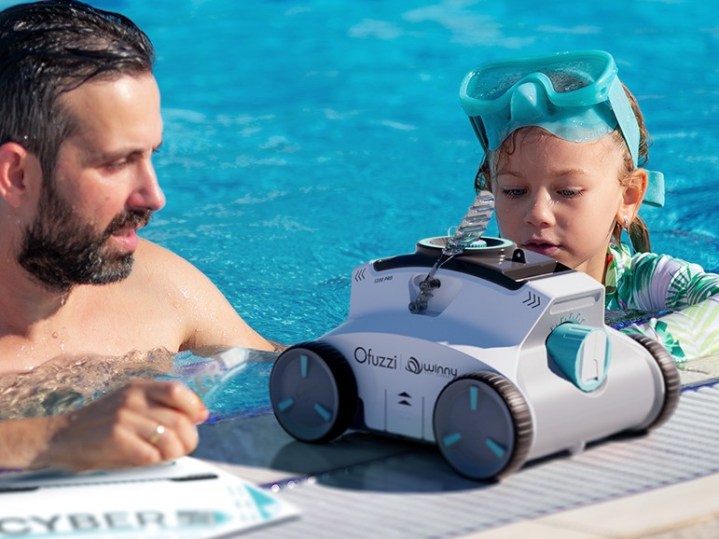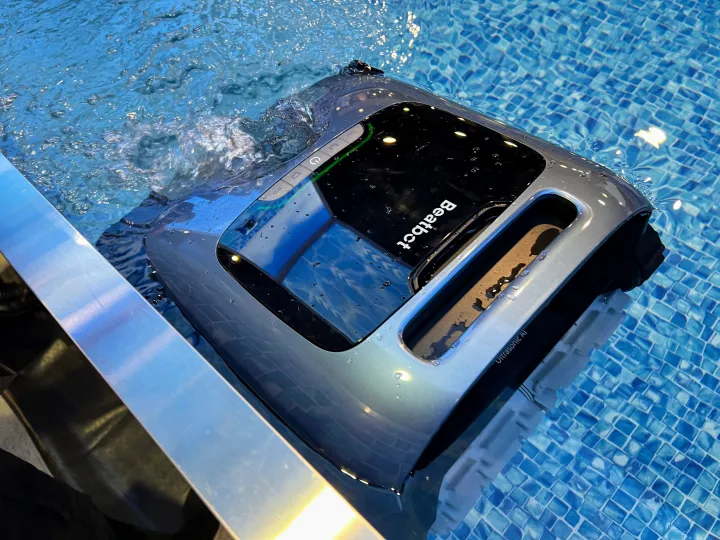
The worst part of owning a swimming pool is taking care of it From filter maintenance and skimming debris from the surface to managing chemicals and more, you’ll likely find yourself hanging out around the water more often than you’re actually in the water. Robotic pool cleaners are designed to alleviate this pinch point of pool ownership by giving you back your time and automating most of your tasks.
But are robotic pool cleaners worth it, or are they a gimmick that still require heaps of manual input? Here’s a closer look to help you decide if one would be a good addition to your backyard.
Budget-friendly devices are often a hassle

Before going any further, it’s worth noting that robotic pool cleaners carry a variety of price tags. Some can be had for a few hundred bucks, while others soar over $1,000 in price. Unfortunately, most budget-friendly robotic pool cleaners aren’t a wise investment. These often lack the automation of more expensive robots, which results in spotty cleaning, components breaking down sooner than expected, or long runtimes. Some might also only clean the bottom of the pool and leave the sides to you, making them less enticing than expensive models that do it all. Be sure to check the specifics of your prospective product carefully, as the abilities of one pool cleaner can vary dramatically from those of another.
Consider your schedule

The big draw of robotic pool cleaners is that they free up your summer calendar. But if you live in a climate that allows your pool to stay clean and you’re only working on it a few minutes a week, you may not need to pick up a robot. However, many pool owners spend hours keeping their water in pristine condition — if that’s you, then robot pool cleaners can be worth it.
Not only do these robots save you time, but they could save you cash. A robotic pool cleaner can often replace professional pool cleaning services, which are both costly and inconvenient. Most people will find that a reliable robot vacuum will pay for itself over time, especially if the robot comes with a multiyear warranty.
Robotic pool cleaners aren’t fully automated

While robotic pool cleaners might sound fully autonomous, they still require manual input. For example, many need to be plugged into an outlet and removed from the pool once the cleaning is complete, while others might need to be charged between cleaning cycles. Regardless of which model you buy, there’s a chance you’ll need to unclog filters or pull debris from wheels and motors. Those are menial tasks compared to a full pool cleaning, but it’s important to note that you can’t simply toss a robotic pool cleaner in the water and forget about it all summer.
Robotic pool cleaners are worth the investment
As long as you buy one that’s reliable and loaded with premium features, robotic pool cleaners are worth the investment. Our roundup of the best robotic pool cleaners is a great place to start your search, as it’s filled with highly automated models that handle most tasks with limited user input. The Dolphin Nautilus CC Plus is a particular standout, as it’s capable of cleaning floors and walls, and it comes with an easy-to-access top-loading filter for quick maintenance. It can also clean most pools in less than two hours — so you can get the water prepped in the morning for an afternoon party.



